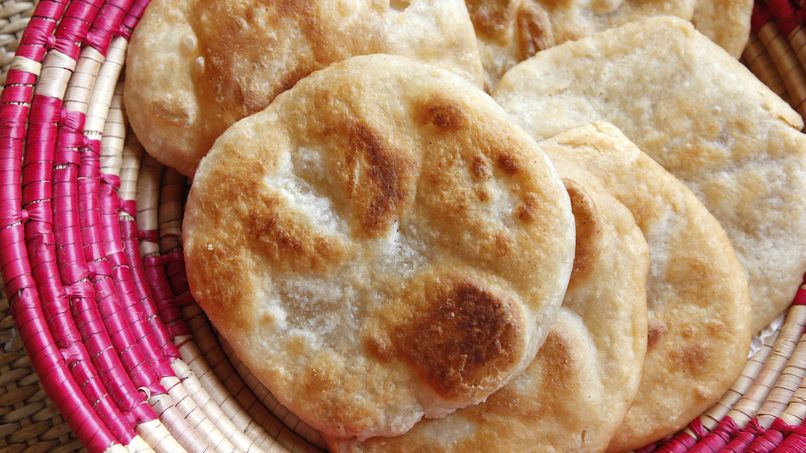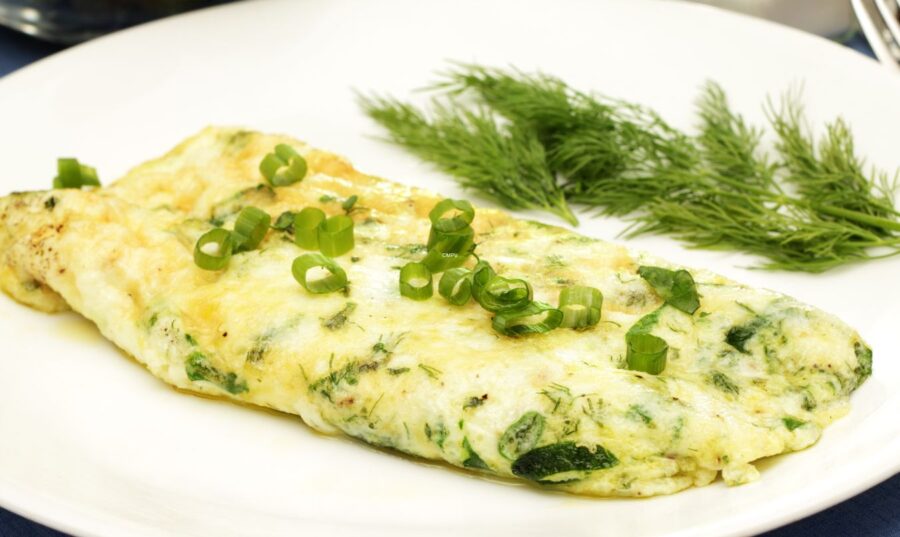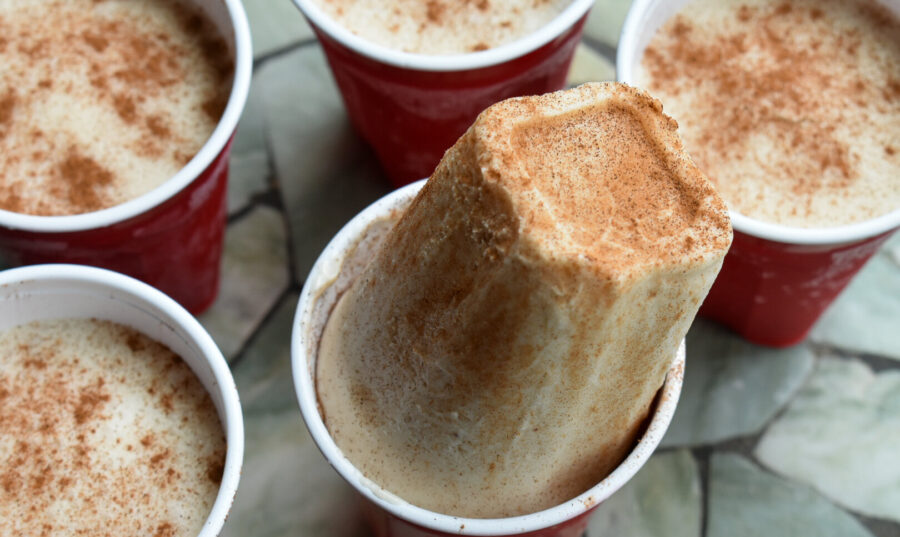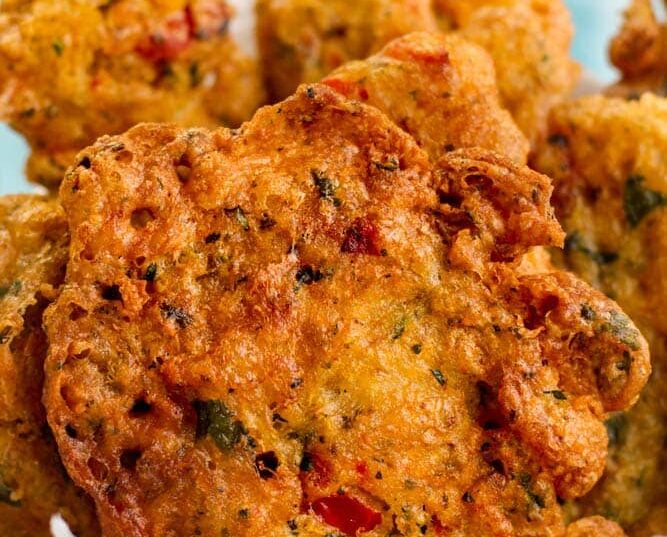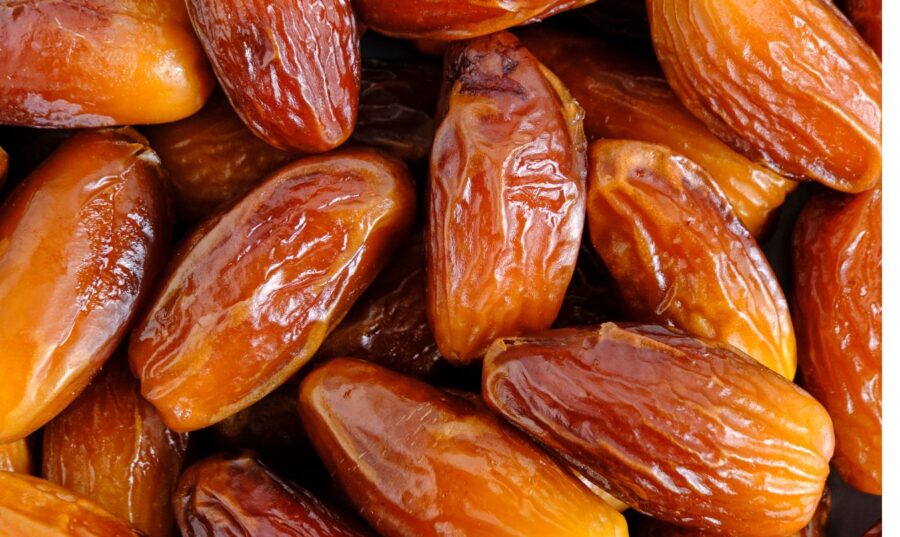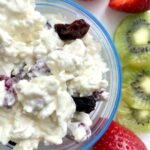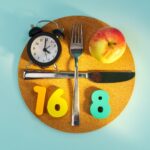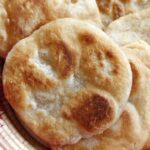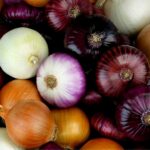|
Getting your Trinity Audio player ready...
|
Making cakes is hard work that requires a lot of labor. Even so, time with family and the transmission of Puerto Rican traditions is well worth it. Describing this exquisite dish is a bit difficult. Some people compare pies to tamales. However, they are nothing alike except that they are labor intensive and wrapped.
For many Puerto Ricans, Christmas is cake season. When November arrives, we are already thinking about how we are going to get the cakes. The dough pie is the traditional pie. It is a mixture of yautia, green banana, green banana and sometimes, pumpkin kabocha.
History
Gastronomic historian Cruz Miguel Ortíz Cuadra points out that cakes were mentioned in 1843 in the book he Puerto Rican bonus. The origins of pastels, however, date back to Spanish colonial times, before they became an essential Puerto Rican Christmas dish.
The technique of wrapping the cake in banana leaves is largely due to the African slaves brought to Puerto Rico by the Spanish. Spanish colonizers allowed slaves a limited diet of foodstuffs, which largely included bananas. At that time, the banana was despised by the Spanish, as well as the white Puerto Rican elites who called it “rural and barbaric.”
The cake is influenced by indigenous, African and Spanish food traditions. However, the African contribution is especially prominent due to three constant characteristics that the cakes have: 1) the crushing of the dough to give it a certain texture, 2) its wrapping in banana leaves and 3) its cooking by boiling.
Christmas Pastries
Pies became a special Christmas dish not only because they were difficult to make, but also because they look like a wrapped gift. On Three Kings' Day, celebrated on January 6, Puerto Ricans honor the three kings who brought gifts to Jesus Christ. In this particular, the cake symbolizes a gift, where its quality is represented by the difficulty of making the cake and that to enjoy it you have to unwrap it.
Perfect banana leaves are selected for the cake wrapper. These leaves are softened over a fire or boiled until they turn a dark green color. Pork is preferred fresh and should be stewed in a saucepan. The sofrito is like a pasty sauce created with cilantro, recao (coriander), green pepper, sweet chili, bell pepper cubanelle, tomato, onion, oregano, capers and garlic. In the past, leaner cuts of pork were preserved in lard.
Evolution of Pie Dough
Over time, many versions of the Christmas cake evolved according to the tastes and resources of the cooks who made them. Other variations on the masa cake include cassava cake, celery cake, and even rice cake. Additionally, raisins, olives, chickpeas or pumpkin puree are added.
Regardless of the variations, the quality of the ingredients is essential. After cooking the pork with sofrito, mix the leftover sofrito with the rest of the ingredients. Another essential ingredient is annatto oil, which is boiled until a vibrant red color is extracted. It is absolutely necessary to wrap the cakes in banana leaves spread with annatto oil. This helps the cake slide off the banana leaf.
Preparing meals was a form of hard work. In addition to the demanding task of peeling the hard shells, the root vegetables had to be grated, a time-consuming activity. Finally, making dough requires the talent of an intuitive cook, as it demands managing consistency and texture. For example, pumpkin will make the dough sweeter, but too much will make the pie fall apart when cooked.
Nowadays, making cakes is often a family event, as the dish requires many hands and days to prepare. Everyone gets to work, even your laziest cousin. Traditionally families get together and create an assembly line to build them. Pastries in Puerto Rico are the taste of home.
Recommendations for making dough pies for the first time
- You must make a cake assembly line with several people.
- Divide the process into two or three days. Trying to make cakes for the first time from start to finish in a single day is exhausting.
- Use a food processor. Tradition requires grating yautia and bananas by hand, but it takes a long time.
- Unfortunately, the process of peeling yautia, bananas and green bananas is by hand.
- In the following video 'La Misi in the Kitchen' explains how to make cakes using banana leaves.
- In the following video Omi explains how to make cakes with cake making paper.
Foto: Delish Dlites

